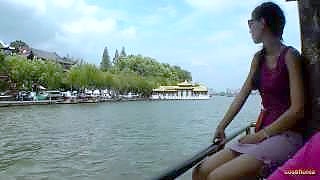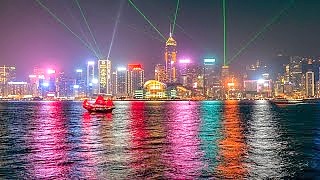 The Classical Gardens of SuZhou 苏州
The Classical Gardens of SuZhou 苏州
JiangSu province.
[640],shadow=true,start=,stop=
JiangSu map

Related Videos
Featured Videos

|
With Emil Sahlén ...
|

|
With Radhika Desai and Michael Hudson ...
With Ben Norton and Michael Hudson ...
With BreakThroughNews and Pivot To Peace ...
With Brian Berletic / The New Atlas ...
With Jeffrey Sachs with Jean Dong ...
With Jeffrey Sachs with Geopolitics Demystified ...
With Inside China Business ...
With Thinkers Forum and Kieth Rethy Chhem - on Cambodia ...
With Fernando Munoz Bernal ...
|

|
With Aaron and Char ...
With Beyond A to B ...
With DS Travel ...
With Travelogue ...
|

|
Tiger Leaping Gorge (虎跳峡 / HǔTiào Xiá) is a beautiful canyon on the JinSha River, a primary tributary of the upper YangTse River. It lies about 60 kilometers (38 miles) north of LiJiang in YunNan province, south west China and is part of the 'Three Parallel Rivers of Yunnan' UNESCO World Heritage Site.
Tiger Leaping Gorge is around 15 kilometers (9 miles) in length and passes between Jade Dragon Snow Mountain and Haba Snow Mountain in a series of rapids below towering 2,000 meter (6,600 feet) cliffs.
This film shows part of the lower trail and the spot where legend says a tiger jumped the rapids at their narrowest point (some 20 plus meters).
|

|
YT comment : "If America really does not want to contain China, why would they build so many military bases around China and constantly instigate chaos either in China or in the countries around it?"
Geo-politics explained - don't miss it ...
Bonus film - Cuba's Ambassador : 6 Decade-Long US Embargo is a Genocidal Policy!
Plus, western subversion of Cuba, China, and more ...
|

|
ZheJiang province.
Xī Hú is a fresh water lake with the city on side. There are numerous temples, pagodas, gardens, bridges and artificial islands within and around the lake. West Lake is a UNESCO World Heritage Site as an outstanding example of Chinese garden arts and the guiding principle of harmony between human and nature.
|

|
With Andy see the World ...
|

|
Including : If heaven closes; Long life, my friend; When the morning comes : and much more.
One of the best music albums ever ...
Support Bliss by buying their albums ...
|
Tag search ?

 The Classical Gardens of SuZhou 苏州
The Classical Gardens of SuZhou 苏州




